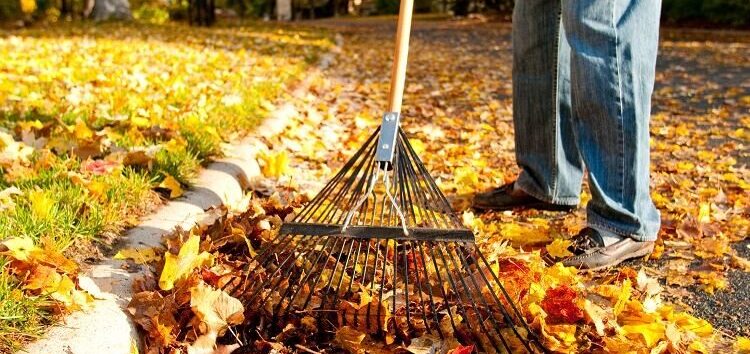
Signs of fall are everywhere. The air is cooler, the animals are gathering food for winter, and the leaves are turning color and blanketing lawns. While we all seem to slow down this time of year, it’s actually the best time to do some annual lawn care to ensure a healthy lawn for next year. It’s also a great time to be on the lookout for aquatic invasive species when you’re removing your boats and water-related equipment from the water.
Here are some tips from the Minnehaha Creek Watershed District to protect and improve water quality this fall:
Leaf management: Depending on where you live, you may have a lot of leaves falling and covering your yard. While it may be tempting to just let nature take its course, it’s important to mulch leaves or rake and bag them up to prevent them from smothering your lawn and entering nearby storm drains. When leaves enter storm drains, they are carried directly to your nearest lake, stream, or wetland where they decompose. Decomposing leaves use up available oxygen for fish and other animals in the water. They also release nutrients that promote algae growth in the warmer months.

Mulching leaves with your lawn mower not only protects water quality, it will also help fertilize your grass. However, if more than half of your lawn is covered in leaves, it may be better to rake them up and bag them. Most cities offer leaf collections or drop-off locations in the fall, or you can take them to a yard waste disposal site.
Collect or mulch your leaves early and often, and whatever you do, please do not sweep them into the street. While most cities clean their streets in the fall, street sweepers are not intended to pick up leaves that are put there by residents. In some cities, raking leaves into the street is actually illegal. Check your city’s website for more information about leaf drop-off days or collections.
Lawn management: If you need to mow your lawn, keep it about three inches high to prevent the grass from matting under the snow and getting snow mold. Consider aerating the compacted soil to help water and nutrients reach the grass roots more easily. Seeding new grass is best done in the fall, and manually pull remaining weeds, leaving those that benefit pollinators like dandelions and clover. If you need to fertilize, stick to a zero-phosphorus product, follow the directions and sweep up any spills.
AIS prevention: When you remove your boats, docks, lifts and other water-related equipment this fall, carefully inspect them to make sure no zebra mussels or other aquatic invasive species are attached.
If you hire someone to remove your equipment this fall, make sure they have a permit from the Minnesota Department of Natural Resources. If you are removing the equipment yourself and transporting it to a cleaning and storage location, authorization forms are available on the DNR website. Simply download the form, print it and carry it with you during transport. More information on the MN DNR website.
